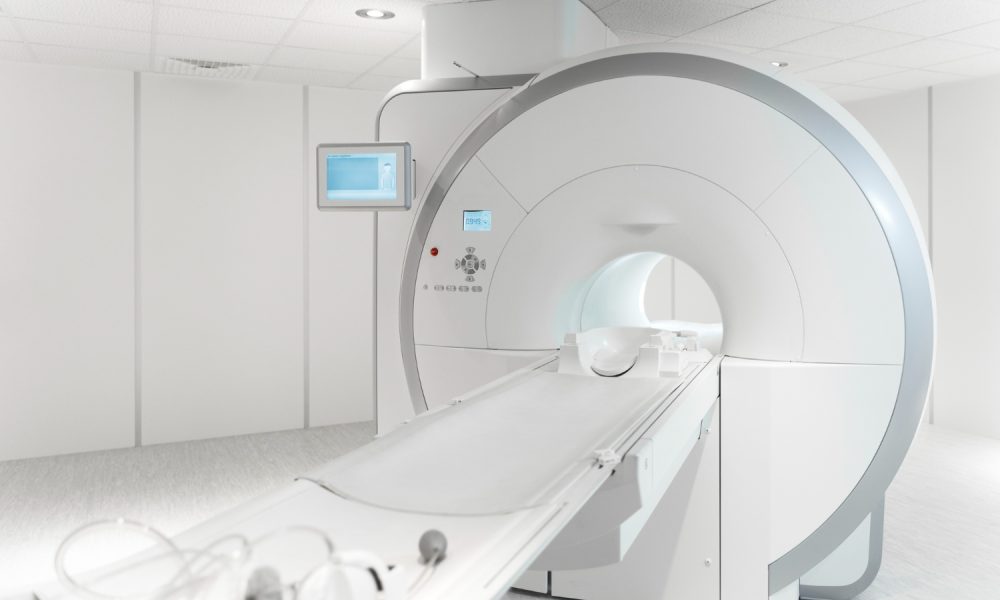
Medical technology: an industry in digital highs (Photo: Freepik)
Robots for precise cuts in the operating room, algorithms to track down cancer cells in the laboratory and sensors for real -time monitoring of chronically ill: the medical technology industry has become the secret star of the healthcare industry. By 2029, the global market with an annual growth rate could grow from 5.24 percent to $ 893 billion-driven by an aging population, digital breakthroughs and the unchecked striving for more efficient therapies.
For investors, this opens up opportunities beyond individual shares – for example via ETFs and funds that cover the entire sector. However, there are also risks behind the brilliant prospects: high ratings, regulatory hurdles and the dependence on technological quantum jumps.
Medical technology: an industry in digital high -altitude flight
Medical technology is in a profound change. What used to be dominated by mechanical devices and manual processes is now a high-tech sector in which software, data flows and artificial intelligence rewrite the rules. Robots like the “Da Vinci 5” by intuitive Surgical today carry out more than 10 million operations every year. You can achieve a precision in the submillimeter range that human hands cannot reach.
At the same time, AI-based systems revolutionize diagnostics: The “Magnetom Free.max” by Siemens Healthineers recognizes tumors in MRI recordings with a hit rate of 98 percent-twice as quickly as radiologists. The change is most evident in the everyday life of the patients: ‘Freestyle Libre 4’ from Abbott Laboratories continuously monitors the blood sugar of diabetics, warns of deviations and thus reduces the risk of emergency room – an example of how telemedicine can stabilize chronic disease courses.
Admission costs increase dramatic
But progress has its price. The European Medical Device Ordinance (MDR) has driven up to 40 percent of the registration costs for new devices from 2021, which in particular brings smaller manufacturers to the brink of profitability. At the same time, many Medtech shares are under evaluation pressure: Intuitive Surgical, for example, is with a Course-profit ratio of over 70 traded-a level that otherwise only reach tech giants like Nvidia or Tesla. In addition, there is a sustainability pressure: Investors expect climate -neutral production chains and recycling concepts, while governments hide the prices for medical services worldwide.
Medical technology companies in the form of ETFs or funds:
Conclusion: Medical technology – A longplay for patient
The medical technology industry is not a sprint, but a marathon. Anyone investing here relies on long -term megatrends: demography, digitization and the insatiable wish of people for health. ETFs such as the Ishares US Medical Devices offer a cheap and broad -diversified entry. The Bellevue Fund, on the other hand, scores with an active selection-ideal for investors who want to achieve towering with targeted bets on innovations.
Both paths are justified, but a basic rule applies to everyone: only those who can withstand volatility and keep an eye on the regulatory and technological developments will harvest the fruits of this future market. In a world that is increasingly older, insufficient – but also becoming a technology -savvy, medical technology remains a game with open cards. The best leaves have who believes in progress.
Disclaimer:
No investment advice. No call to buy or sell securities.
